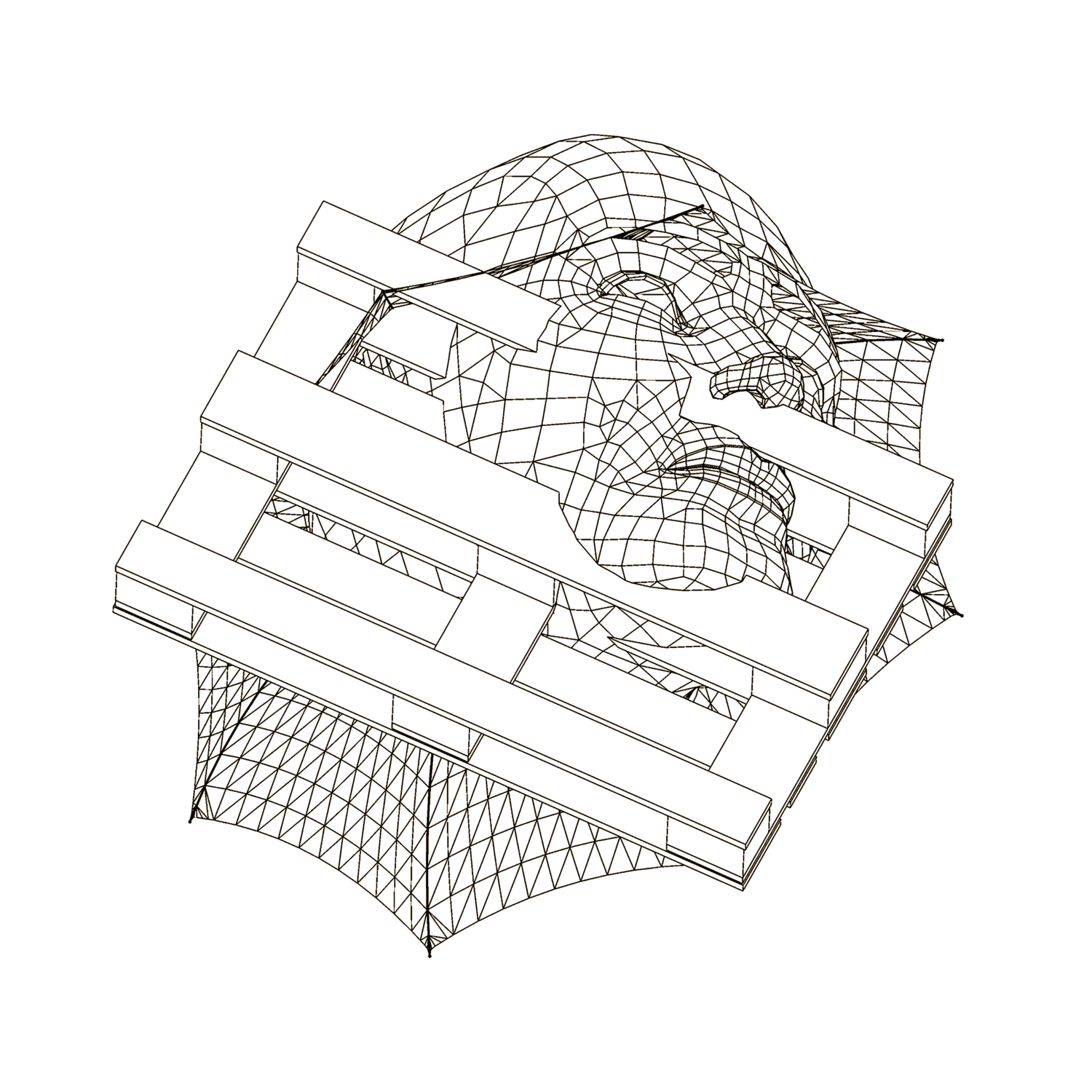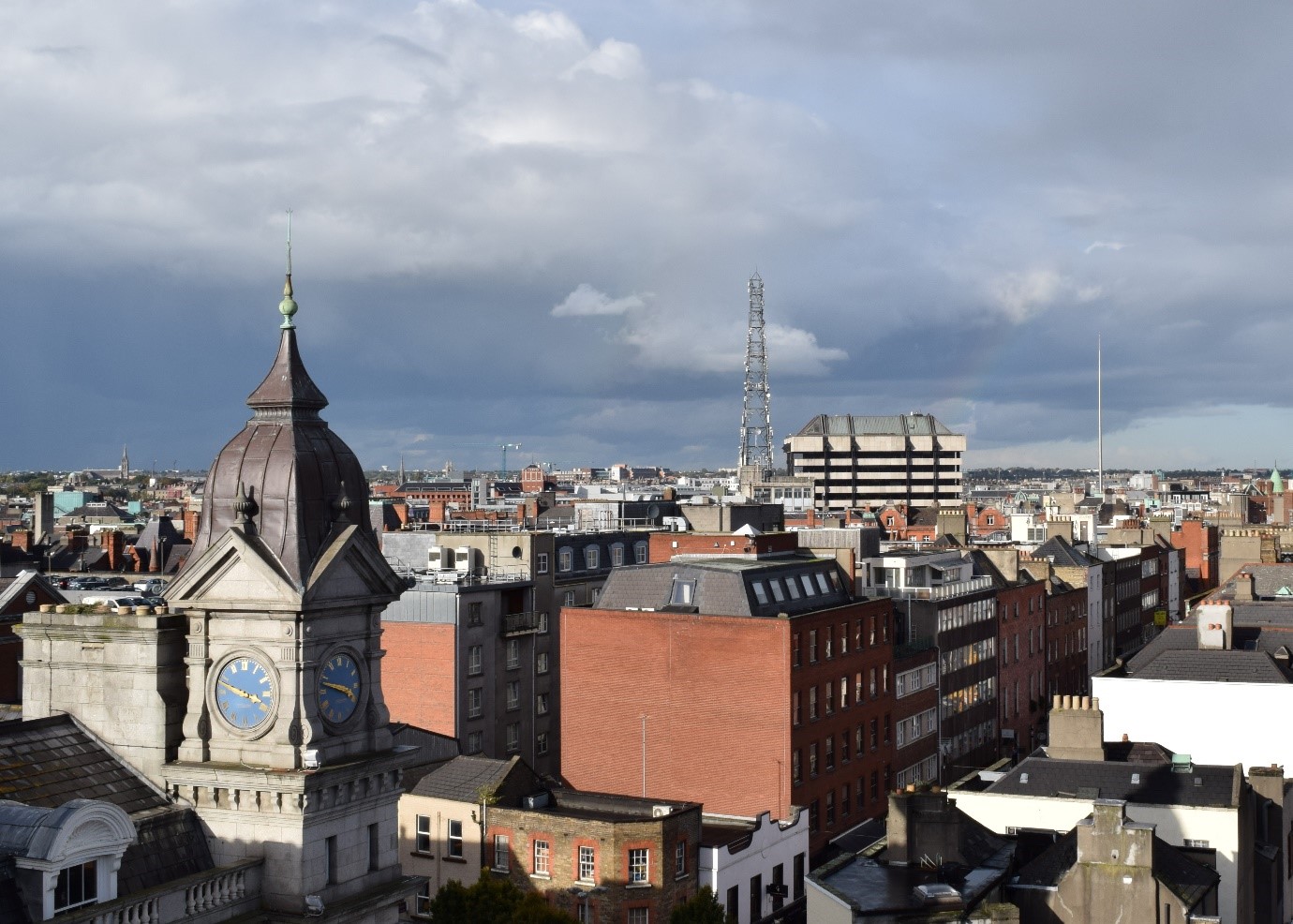Yayoi Kusama
FAC Looks Back: What is an artist if they are not troubled?
A creator in every sense of the word, Yayoi Kusama was born in a deeply conservative and patriarchal part of Japan in the late 1920’s. Her early life as an artist was mired with sustained periods of unsatisfaction; women in Japan were not encouraged to pursue art. Her parents took her painting materials off her at the age of 10 and encouraged her to marry a businessman and have a family.
Yayoi Kusama. Image courtesy of http://i2.cdn.cnn.com
However, in post war Japan, following a US influenced peace trail, Yayoi was gifted some of the social normality’s of western culture and allowed to pick up a brush again with no judgement.
A young Yayoi and her family. image courtesy of http://www.tate.org.uk
She claims to have experienced hallucinations during childhood. Outer body experiences which she subsequently went on to display in her paranoid, vivid paintings, that featured alive and threatening figures.
Her work is surreal in nature, but in a more psychologically unbalanced way, which can probably be explained by her encounters in Japanese society.
During her period of experiencing these hallucinations, she was forced to spy on her father by her mother to expose his string of mistresses and geisha’s. A typical male action that occurred quite a bit in the heavily unbalanced society they lived in. This period explains Yayoi’s fascination with voyeurism that would haunt her work over the next few decades. Her response to these disturbing memories was to self-obliterate her own sense of identity and sexuality, covering herself in and everything around her with her trademark polka dots.
Kusama's 'dot series.' Image courtesy of http://interactive.qag.qld.gov.au
Kusama arrived in America in 1957, settling in New York. Within the next 5 years, she was exhibiting alongside Claes Oldenburg and Andy Warhol, both of whom she seems to have inspired with her manic form of expressionism.The 60s in New York were a strange time, especially for Yayoi, with a outlandish mix of promiscuity and hallucinogens found at every party, just waiting for her to experience.
Yayoi with Andy Warhol. Image courtesy of http://www.mapsandfragments.com
She became a self-styled shaman, getting over her fear of sex and affection soon after moving; organising orgies and drug binges in which hippies, prostitutes, drug addicts and the homeless 'found themselves' by painting one another's nakedness with Kusama's polka dots until the 5-0 would turn up and clean up the outrageous mess they would walk in on. These human dot-to-dot events were captured on films and quickly gained an arthouse following, even inspiring Andy Warhol with his own home recordings. Kusama was always a curator of these events however, never a participant, except with a pot of poster paint.
During this period, Kusama also lended her hand into the fashion world, establishing Kusama Clothing LTD in 1968, selling Avant Garde pieces at Manhattan department store, Bloomingdales.
Yayoi with Andy Warhol. IMage courtesy of http://www.mapsandfragments.com
Still, after inspiring the artists behind the rise of pop-art like Basquait, Haring and Warhol, Kusama returned to Japan in the early 70's as a relatively unknown artist. She quickly began creating again but soon after her return she had worked herself into care; due to spending 50-60 hours a week in her studio for some years.
After checking herself into a mental home with with serious anxiety problems and signs of schizophreniain 1977. Kusama has spent the last thirty odd years in voluntary care, signing herself out every morning to go work in her own studio in Tokyo; where she carries out and creates new projects with a team of assistants behind her before signing back in come 6 p.m. Now in her 80’s Kusama is still producing and has been exhibiting a series of ‘infinity rooms’ at museums around the world in recent years as well as becoming the most successful female artist of all time following the 7.3 million USD sale of her 1960 painting 'White no.28'.
Kusama in the 1960's. Image courtesy of http://www.davidzwirner.com
You can check out videos of her work as well as a short documentary about her life below:
Some of her works:
Documentary
Adam Nolan-Horan
6th September 2017























